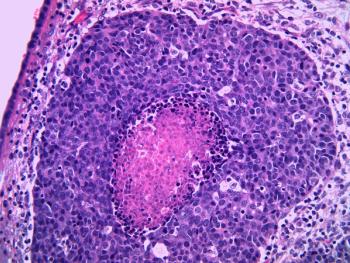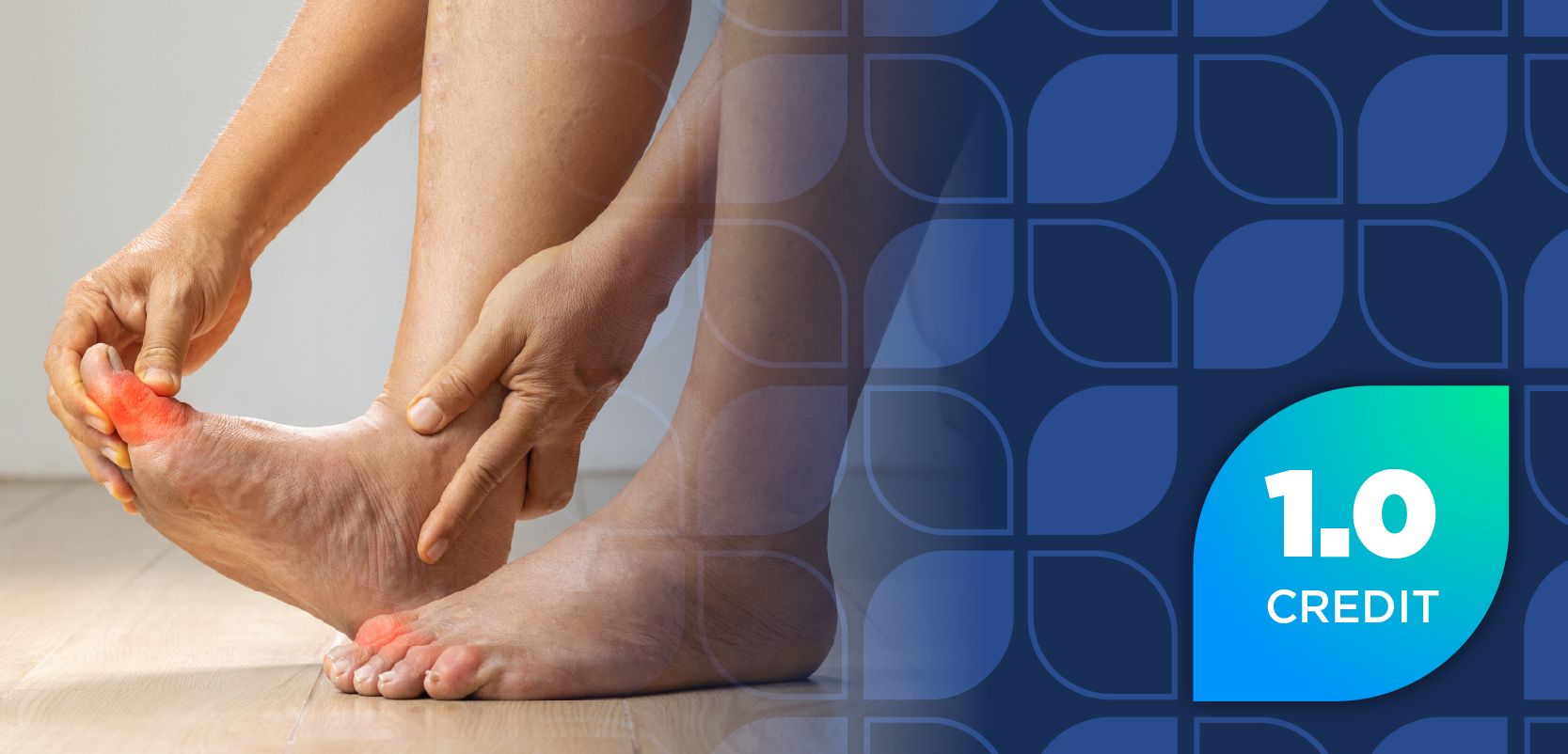
5 Tips to Prevent Heartburn During the Holidays
Here are some tips to help prevent heartburn from happening during the holidays
When you swallow, the lower esophageal sphincter (LES), a band of muscles around the bottom of your esophagus, typically relaxes and tightens again after food and liquid is allowed to flow down to your stomach. When the LES does not close completely and stomach acid is allowed up into your esophagus, heartburn occurs.1
Here are some tips to help prevent heartburn from happening during the holidays:
1. Avoid overeating.
There’s a lot of food on the table. How am I supposed to control myself?
The key is to trick the mind by using a smaller plate, which can make a serving of food appear larger.
In one study, Chinese buffet diners with large plates not only wasted 135% more food, but also ate 45% more food than those with smaller plates.2
2. Avoid certain foods and beverages that trigger heartburn.
This may include spicy foods, onions, citrus products, tomato products, fatty or fried foods, peppermint, chocolate, alcohol, coffee, carbonated beverages, and caffeinated beverages.1
3. Avoid eating before you lie down.
Wait at least 3 hours after eating before lying down.1
4. Avoid tightfitting clothing. 5. Don't smoke.
References
1. Heartburn. Mayo Foundation for Medical Education and Research. http://www.mayoclinic.org/diseases-conditions/heartburn/basics/definition/con-20019545. Accessed Nov. 24, 2015.
2. Wansink B, van Ittersum K. Proportion size me: plate-size induced consumption norms and win-win solutions for reducing food intake and waste. J Exp Psychol Appl. 2013;19(4):320-32.
Newsletter
Stay informed on drug updates, treatment guidelines, and pharmacy practice trends—subscribe to Pharmacy Times for weekly clinical insights.

















































































































































































































